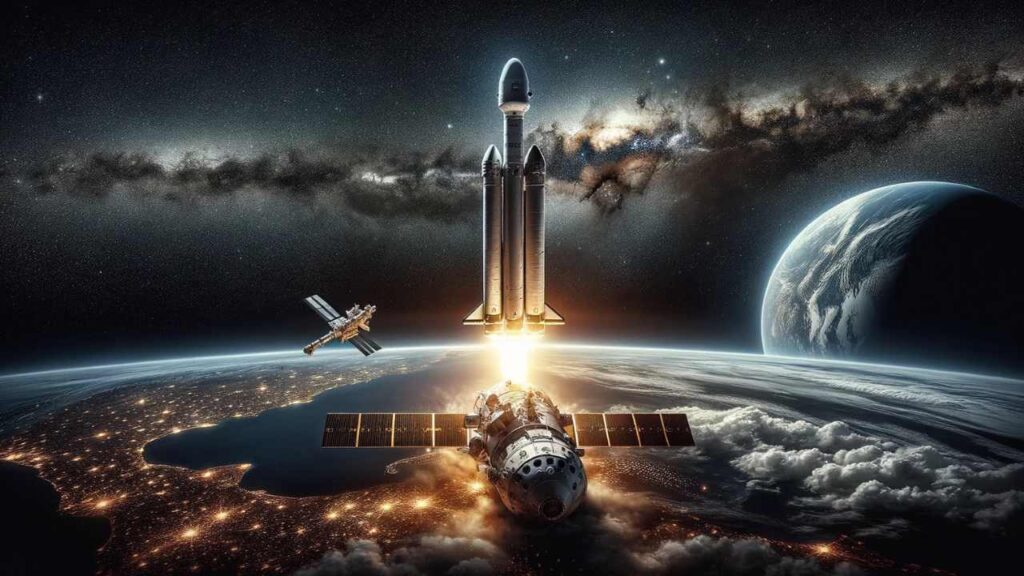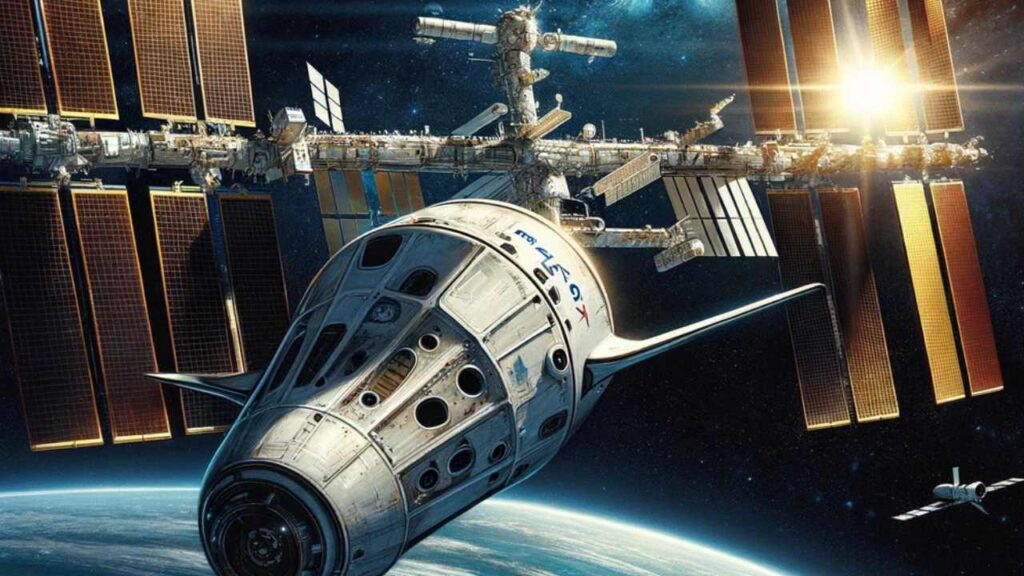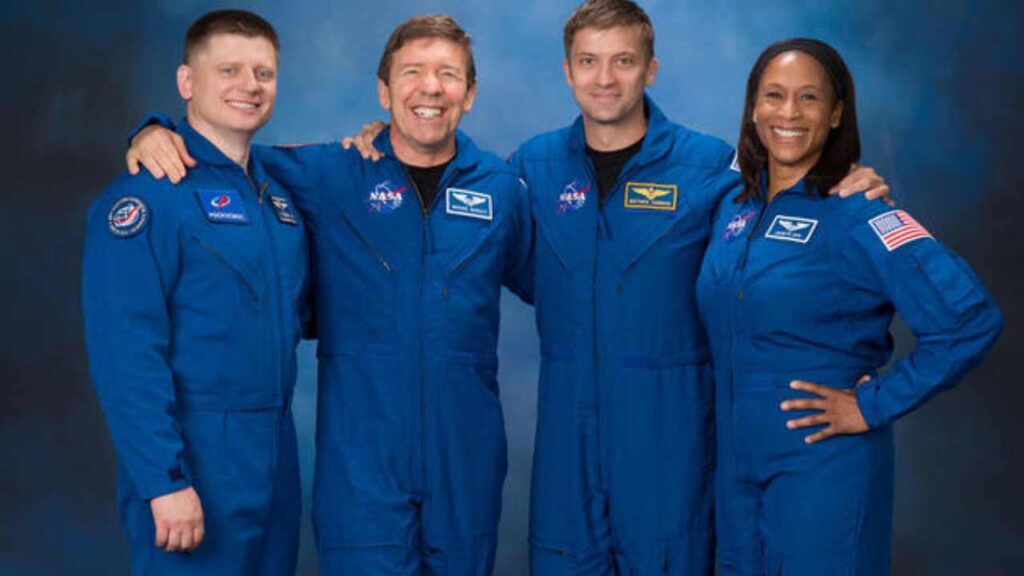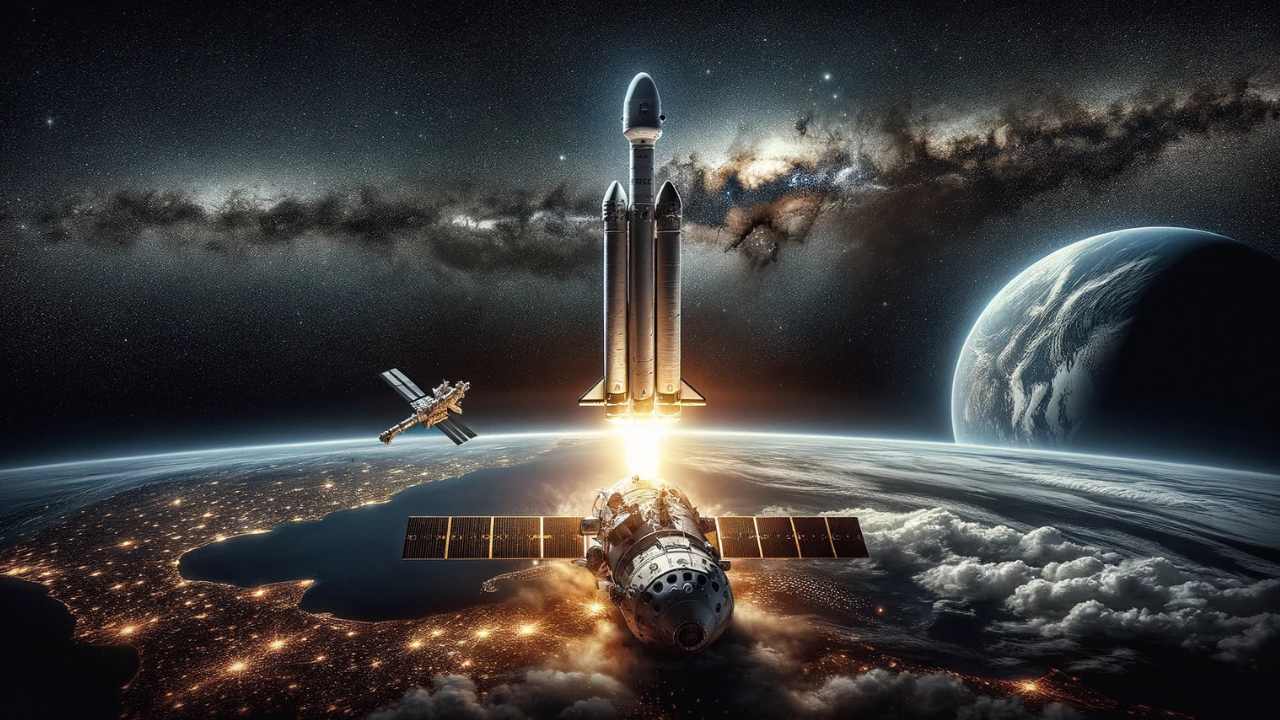“NASA, SpaceX Crew-8, International Space Station, Falcon 9 Rocket, Space Exploration, Astronauts, Cosmonaut, Scientific Research, Space Missions, Commercial Crew Rotation, Artemis Missions”
“Discover the groundbreaking NASA’s SpaceX Crew-8 mission to the International Space Station (ISS), featuring an international crew of astronauts and cosmonauts. Explore the mission’s objectives, including over 200 science experiments aimed at advancing space exploration and benefiting humanity. Join us in this new era of cosmic discovery.”

Historic Journey to the International Space Station
In a remarkable display of international collaboration and technological prowess, a team of four astronauts embarked on a journey to the International Space Station (ISS), successfully launching into orbit at 10:53 p.m. EST on a Sunday. This event took place from Launch Complex 39A at NASA’s Kennedy Space Center in Florida. This mission, known as NASA’s SpaceX Crew-8, marks the eighth commercial crew rotation mission conducted by NASA in partnership with SpaceX to the ISS.
The Crew and Their Mission
The SpaceX Falcon 9 rocket was the vehicle of choice to propel the Dragon spacecraft into orbit. Onboard were NASA astronauts Matthew Dominick, Michael Barratt, and Jeanette Epps, as well as Roscosmos cosmonaut Alexander Grebenkin. These four individuals were on a mission dedicated to scientific research aboard the ISS, representing a blend of American and Russian space exploration efforts.
NASA Administrator Bill Nelson expressed his enthusiasm, stating, “Congratulations to NASA and SpaceX on another successful launch to the International Space Station! This eighth crew rotation mission demonstrates the power of our commercial partnerships and American innovation, pushing us further into the cosmos.” He highlighted the crew’s agenda to conduct over 200 science experiments and technology demonstrations. These efforts aim to spearhead a new era of space exploration while delivering benefits to humanity on Earth.

The Journey and Arrival
Throughout the Dragon spacecraft’s journey, SpaceX’s mission control center in Hawthorne, California, closely monitored a series of automatic maneuvers. Simultaneously, NASA’s team kept an eye on space station operations from the Mission Control Center at the Johnson Space Center in Houston. The spacecraft, named Endeavour, was scheduled for an autonomous docking to the forward port of the station’s Harmony module, with comprehensive live coverage provided by NASA across various platforms.
The Crew-8 Team’s Objectives
Upon joining the ISS’s Expedition 70 crew, the Crew-8 team planned to engage in groundbreaking scientific research. Their projects were set to cover a wide range of topics, from studying brain organoids to understand neurodegenerative disorders, investigating shifts in body fluids during spaceflight, to examining the effects of UV radiation and microgravity on plant growth. These activities are part of the over 200 science experiments and technology demonstrations planned for their mission.
Expanding Human Presence in Space
This mission underscores NASA’s commitment to maximizing the use of the ISS, a testament to over 23 years of continuous human presence in space. The research conducted aboard the ISS not only yields benefits for Earth but also lays the groundwork for future missions beyond low Earth orbit, including the ambitious Artemis missions to the Moon and beyond.
Introducing the Crew-8 Members

Matthew Dominick leads the Crew-8 as the commander, marking his inaugural spaceflight since becoming an astronaut in 2017. He is joined by Michael Barratt, the mission’s pilot with two previous space station visits, and Jeanette Epps, participating as a mission specialist in her first spaceflight. Completing the team is Alexander Grebenkin, a Roscosmos cosmonaut on his first mission, serving as a flight engineer. Together, their diverse backgrounds and expertise symbolize the collaborative spirit and technological advancement propelling human space exploration forward.
Other Links-
